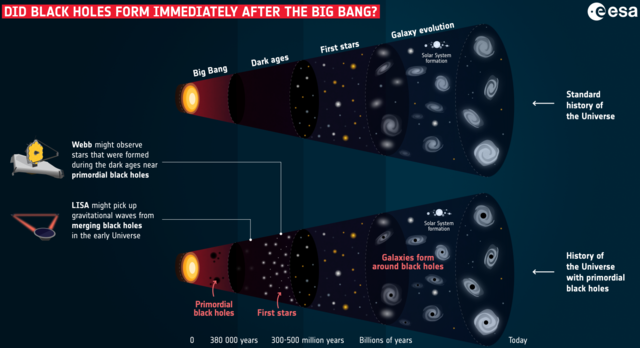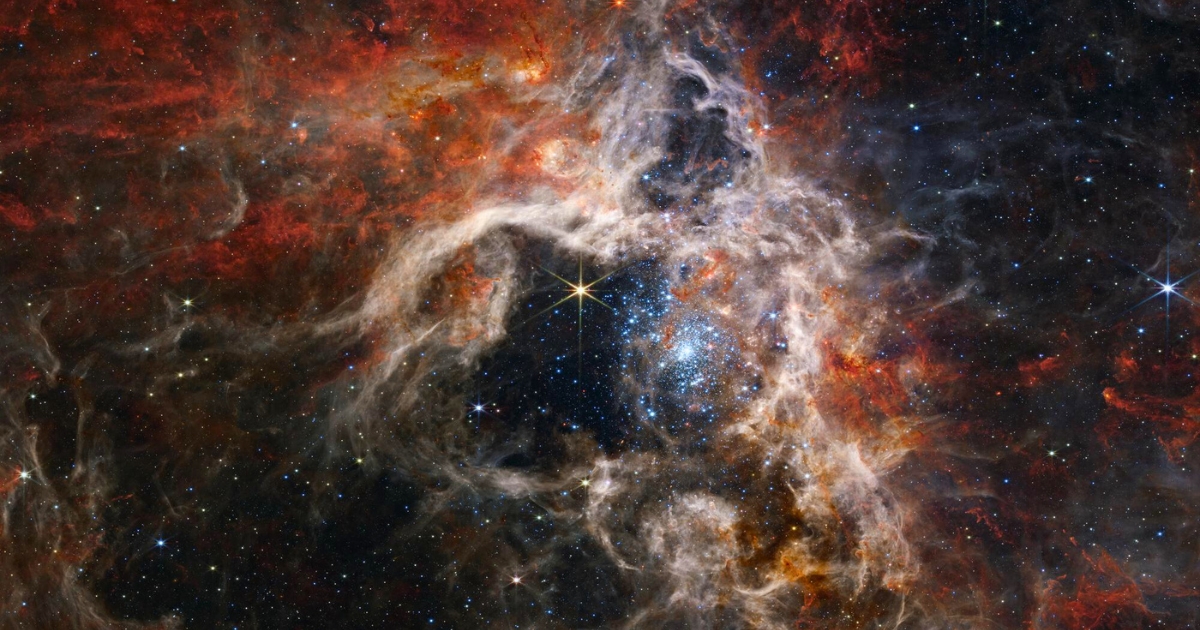Our universe has existed for 13.7 billion years, but according to recent physics research, it might be in a perilously unstable state. The source of this danger lies in the instability of a fundamental particle called the Higgs boson. This article explains how the Higgs particle could potentially affect the fate of the universe and why our universe still exists, drawing on the latest research findings.
What is the Higgs particle?
The Higgs particle, discovered in 2012, is a type of elementary particle that gives mass to all other particles. To explain this using an everyday example, the Higgs particle interacts with other particles like people walking through snow, slowing their movement and thus giving them mass.
The existence of the Higgs particle tells us that a special field called the “Higgs field” permeates the entire universe. You can imagine this field as a quiet pool of water spanning the entire universe. This “pool” has the same properties throughout the cosmos, which is why we can observe the same laws of physics everywhere in the universe.
The instability of the Higgs field
The current state of the Higgs field is believed to be “metastable.” Metastability refers to a state that appears stable but could potentially transition to a more stable state. A relatable example would be a cup placed on the edge of a table. The cup won’t fall immediately, but it could fall if slightly disturbed.
Similarly, while the Higgs field appears stable now, it could theoretically transition to a lower energy state. If such a transition were to occur, it would dramatically alter the laws of physics as we know them.
This change is called a “phase transition.” A phase transition is a phenomenon where the state of matter changes abruptly, such as water turning into ice or steam. If a phase transition occurred in the Higgs field, it would create “bubbles” in space with completely different physical laws.
To imagine these “bubbles,” think of the bubbles in boiling water. However, inside the Higgs field bubbles, our known laws of physics would no longer apply. For instance, the mass of electrons might suddenly change, and atoms might become unstable. In other words, if such a change occurred, our world could potentially vanish in an instant.
The lifespan of the universe
Recent particle mass measurements at CERN’s Large Hadron Collider (LHC) suggest that such an event is theoretically possible. However, there’s no need to worry. This would likely occur trillions upon trillions of years from now, a timespan thousands of billions of times longer than the current age of the universe.
This is why physicists say the universe is “metastable” rather than “unstable.” The end of the world isn’t imminent. It’s like standing on a high mountain peak. There’s a possibility of falling into the valley, but it would require an enormous amount of energy and is unlikely to happen soon.
For the Higgs field to form bubbles, some trigger is needed. According to quantum mechanics, the energy of the Higgs field is constantly fluctuating, but statistically, bubble formation is an extremely rare event. It’s like small ripples occasionally appearing on a calm lake surface.
However, in the presence of external energy sources like strong gravitational fields or hot plasma, the Higgs field could more easily borrow this energy to form bubbles. This is akin to creating large ripples by throwing a stone into a lake.
Stability in the early universe
One might wonder if the extreme conditions shortly after the universe’s birth made Higgs field bubble formation more likely. However, during the period when the universe was extremely hot, thermal effects are thought to have altered the quantum properties of the Higgs field, stabilizing it.
This is similar to how hot metal becomes softer and more resistant to deformation. As a result, this heat did not trigger the end of the universe, which is why we still exist today.
The influence of primordial black holes
Recent research has shown that “primordial black holes,” which may have existed in the early universe, could potentially cause the formation of Higgs field bubbles. Primordial black holes are special black holes thought to have formed from the collapse of extremely dense regions of spacetime shortly after the birth of the universe.
In the 1970s, Stephen Hawking demonstrated that due to quantum effects, black holes slowly evaporate by emitting radiation. This is similar to how hot objects cool down. In particular, light primordial black holes with masses less than a few hundred billion grams should have evaporated by now.
These primordial black holes could behave like impurities in carbonated drinks, potentially aiding in the formation of Higgs field bubbles. Just as impurities in carbonated drinks serve as nucleation sites for bubbles, primordial black holes could become “seeds” for Higgs field bubbles.
As primordial black holes evaporate, they locally heat the universe, creating hot spots that are warmer than the surrounding universe. This is similar to how water droplets vigorously evaporate when dropped onto a hot frying pan.
The research team, using a combination of analytical calculations and numerical simulations, has shown that the presence of these hot spots could potentially cause the Higgs field to constantly form bubbles.

Formation of the universe without (above) and with (below) primordial black holes. Esa, CC BY-NC-SA
Conclusion and future prospects
However, we still exist. This suggests that the likelihood of light primordial black holes having existed is very low. In fact, we may need to rule out many cosmological scenarios that predict their existence.
Nevertheless, if evidence of past primordial black holes is discovered in ancient radiation or gravitational waves, it would be an even more intriguing development. This could suggest that there’s something we don’t yet know about the Higgs field, possibly indicating the existence of new particles or forces. It would be like discovering an unknown continent.
In any case, it’s clear that we still have many discoveries awaiting us regarding the universe at both its smallest and largest scales. Research on the Higgs particle will be a crucial key to understanding the fate of the universe. It’s like deciphering a page in the enormous book of the cosmos. There’s great anticipation for future research developments.
The Conversation


